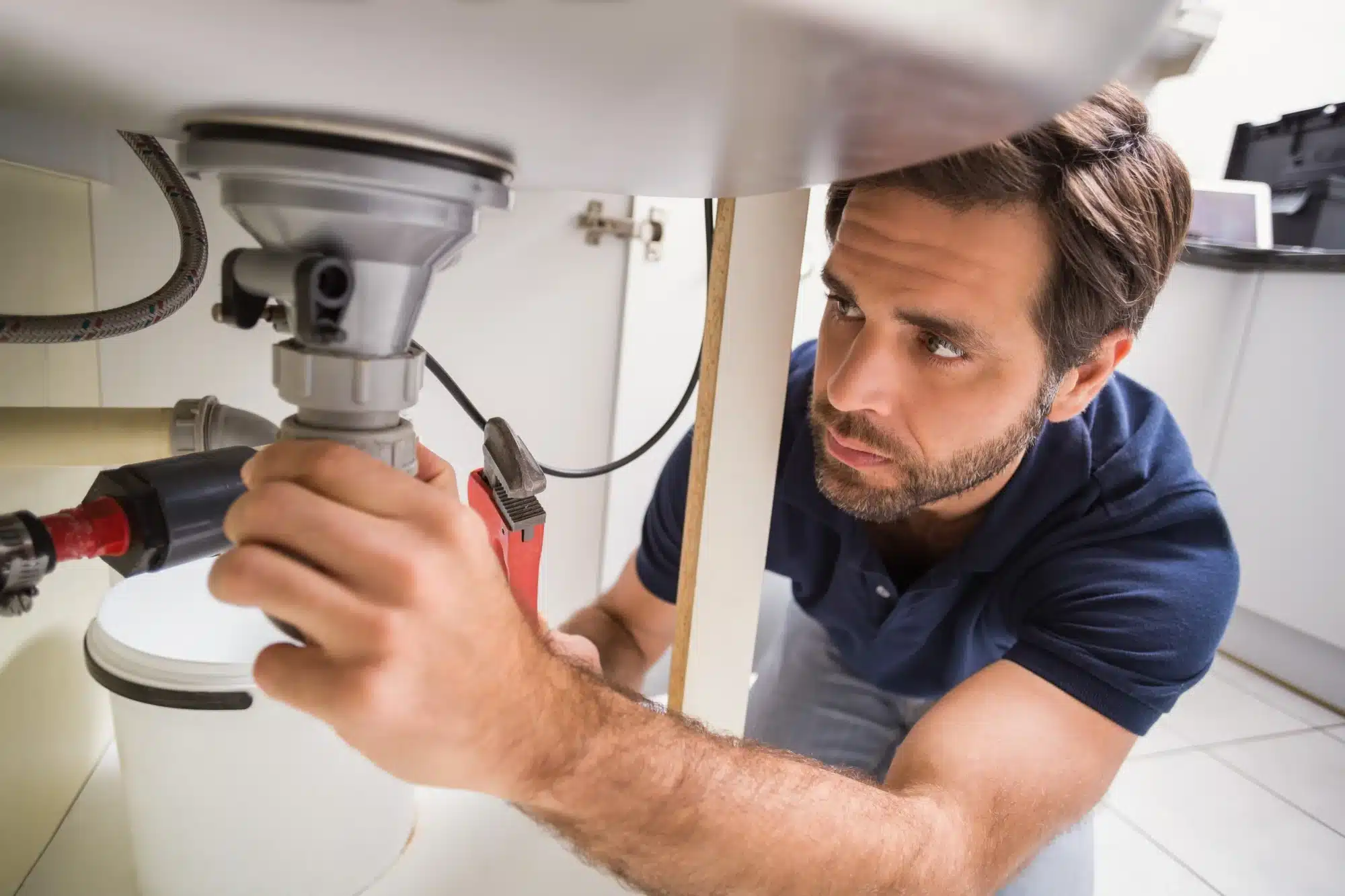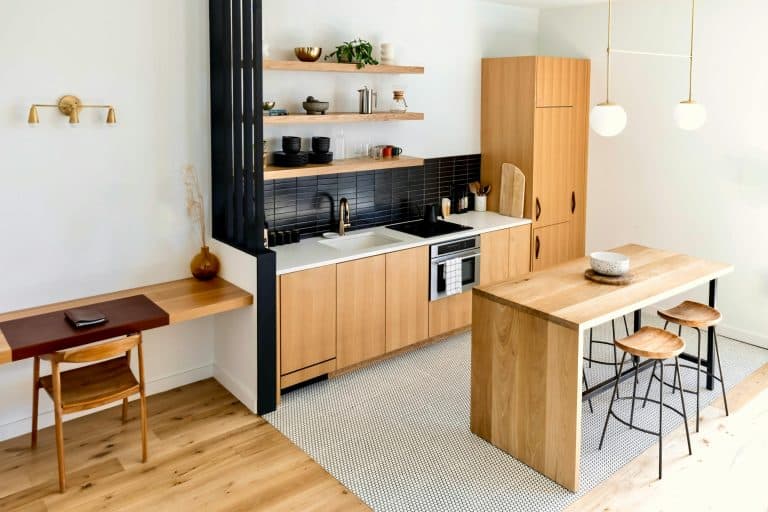Bathroom remodels are significant projects for contractors and plumbers, but they can also lead to unforeseen issues. Imagine the horror: halfway through a bathroom remodel, you discover a hidden leak behind the walls.
It can cause costly delays, damage your reputation, and leave your client fuming. Taking a proactive approach to bathroom remodels can transform this stressful scenario into a smooth and successful project.
The Cost of Ignoring Plumbing Considerations

Encountering issues like hidden leaks or outdated pipes during a bathroom remodel can be a financial nightmare for contractors and plumbers. These issues can lead to cost overruns, change orders, reduced profit, and lost time. Contractors may discover hidden leaks, outdated pipes, or the need to reroute plumbing, affecting the initial quote and the project’s profit margin.
Change orders may result in lengthy negotiations with clients and subcontractors, causing delays and reducing the profit margin. Considering all these, proactively addressing plumbing issues upfront can help prevent these costly surprises and protect the bottom line.
Schedule Delays and the Domino Effect
The domino effect of plumbing problems can lead to delays and frustration in bathroom remodels. Diagnosing the problem takes time and can involve digging through walls and contacting specialists. Waiting for parts and repairs can also cause delays. The process can disrupt the coordination of trades involved in the project by causing potential conflicts.
Clients may feel frustrated and disappointed, potentially affecting the likelihood of future business or referrals. Addressing potential plumbing issues upfront can also prevent this domino effect and maintain a smooth workflow, resulting in a project completed on time and within budget.
Building Trust and Avoiding Reputational Risks
Proactive plumbing planning is crucial for a successful bathroom remodel, as it enhances functionality and builds trust with clients. This demonstrates a deep understanding of the project’s technical aspects, instilling confidence in your clients. Doing so also protects your reputation, as plumbing problems discovered after the remodel can damage it and make it difficult to attract new clients.
Additionally, faulty plumbing installations can have legal ramifications, as building codes exist to ensure safety. Proper planning and adhering to regulations protect you and your company from potential lawsuits by ensuring compliance and safety. Proactive planning demonstrates professionalism, quality commitment, and trust in your plumbing business.
Client Satisfaction: The Ultimate Goal
A bathroom remodel significantly invests in a homeowner’s comfort and enjoyment. Contractors and plumbers aim to create a functional, well-designed space that enhances the homeowner’s daily routine.
As a contractor or plumber, delivering the envisioned functional and well-designed space is crucial for ensuring client satisfaction. Addressing plumbing considerations is essential, as minor issues can significantly impact the overall experience.
A well-planned and executed plumbing system ensures all fixtures function seamlessly, providing a relaxing shower with consistent water pressure and a well-functioning toilet and sink.
A well-executed plumbing system significantly enhances the comfort and enjoyment of the space, giving homeowners peace of mind and reducing stress. Additionally, addressing plumbing concerns ensures the project’s longevity, demonstrating the contractor’s commitment to quality and craftsmanship.
Key Considerations for Smooth Plumbing in Bathroom Remodels
Essential steps to ensure smooth plumbing in bathroom remodels include:
- evaluating the age and condition of pipes
- checking water supply capacity
- assessing drainage system capacity
Some of the factors to consider in a bathroom remodel are:
- the feasibility of relocation
- the impact on walls and floors
- water pressure and drainage requirements
- compliance with local building codes and regulations
Pipes should be corroded or nearing the end of their lifespan, and the existing water supply should be able to handle the demands of new fixtures. The drainage system’s capacity should also be evaluated to handle wastewater flow from new fixtures. Relocating fixtures may require rerouting existing plumbing and associated demolition work.
Water pressure and drainage requirements should be carefully considered to ensure the existing system can provide the necessary pressure for new fixtures. The drainage system should also be able to handle increased wastewater flow to avoid clogs and backups. Obtaining permits from the local building department prevents delays and fines and ensures legal compliance with your bathroom remodel.
Proactively considering these factors during the planning phase allows you to identify potential challenges early, develop solutions before they impact the remodel, and ensure a smoother renovation process. In some cases, strategically placed plastic access panels can be incorporated behind fixtures or along pipes to allow for future maintenance or repairs without demolishing finished walls or floors.
Conclusion
Proactive plumbing planning during bathroom remodels isn’t just about avoiding problems; it’s about transforming a dream bathroom into a reality. By addressing potential issues upfront, contractors ensure a smooth project, increased profits, and satisfied clients.
Clients enjoy a beautiful, functional bathroom with a well-planned plumbing system, providing lasting comfort and peace of mind. Proactive planning is key to turning a homeowner’s vision into a tangible space they can relish for years.










